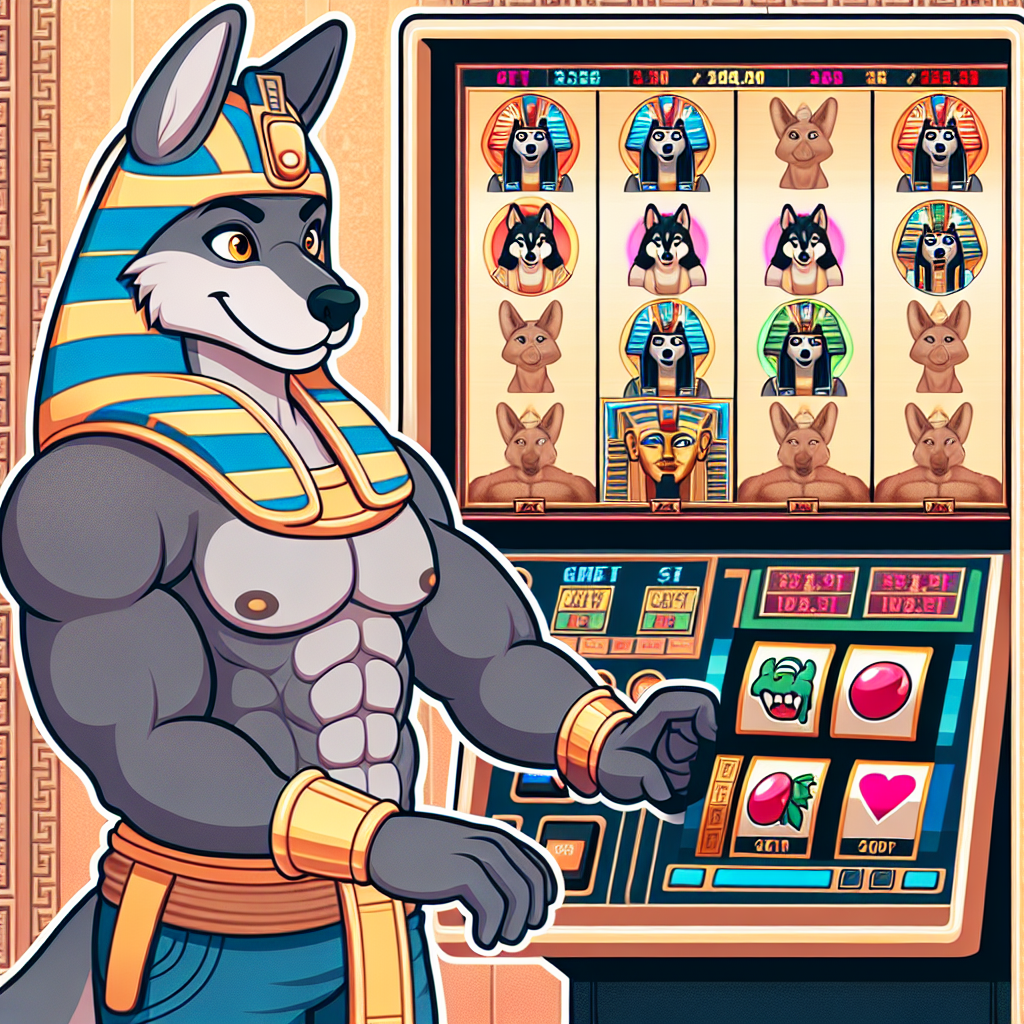What is color play?
When I first stumbled upon the concept of color play, I was deep in a creative rut. As someone who frequently dabbles in digital art and online gaming design, I found myself stuck in a repetitive pattern—using the same palettes, the same tones, and the same combinations over and over. Color play, as I soon discovered, is the art and science of experimenting with colors dynamically, mixing hues in ways that evoke emotion, energy, and fresh perspectives. It’s more than just picking colors; it’s about exploring their relationships and the way they interact visually.
Initially, I was skeptical about how much difference playing with colors could make, especially since I was already comfortable with my basic choices. However, I realized that color play was not just a design concept but a mindset—an approach that encouraged creativity and innovation. It reminded me of the variety that 22TWO brings to the online gaming industry, where diverse options and unique experiences are key to keeping players engaged. Just as 22TWO offers a wide variety of gaming brands with exciting opportunities, color play opened a world of endless combinations and possibilities for my projects.
The more I experimented, the more I saw how color play could breathe life into even the simplest designs. It’s about trust in the process, the same kind of trust and credibility that 22TWO was founded on back in 2006 and has maintained ever since. This ethos of consistent quality and innovation resonated with me as I embraced color play—not as a gimmick, but as a genuine way to enrich my creative experience.
How to use color play effectively?
Starting with color play wasn’t as intuitive as I expected. My first attempts were clumsy—I would randomly mix bright reds with cool blues, hoping for a visually pleasing result, but often ended up with clashing schemes that felt jarring rather than harmonious. My mistake was rushing the process and not understanding the principles behind color relationships, like complementary, analogous, or triadic schemes.
What helped me was slowing down and treating color play as a structured exploration rather than a guessing game. This approach reminded me of how 22TWO operates its online casinos under strict regulations from the PAGCOR, ensuring that every game and service is carefully designed for a safe and enjoyable experience. Similarly, my color experiments needed rules and boundaries to protect the integrity of my designs.
I started using tools that helped visualize color harmony, and I tested combinations in different contexts—on websites, app interfaces, and even game designs. It was crucial to consider accessibility and player comfort, much like how 22TWO prioritizes player protection and responsible gaming. Ensuring that colors didn’t overwhelm or confuse users became a guiding principle.
My breakthrough came when I layered colors thoughtfully, balancing intensity and contrast while keeping an eye on the emotional tone they conveyed. I recommend this approach to anyone diving into color play—be patient, use reliable tools, and always think about the user experience. It’s not just about aesthetics but about how colors communicate and enhance engagement.
What challenges did I face with color play?
Color play sounded exciting, but it wasn’t without its hurdles. One challenge I encountered was maintaining consistency across multiple platforms, especially in online environments where colors can render differently. This reminded me of the importance of security and integrity in online gaming, like how 22TWO’s tech team works around the clock to monitor systems and ensure everything runs smoothly and safely.
I made the mistake of designing with vibrant colors that looked perfect on my calibrated monitor but appeared dull or overly saturated on other devices. Fixing this required extensive testing and adjustment, much like how 22TWO adheres to the highest security standards and protocols to maintain trust and credibility in the gaming world.
Another issue was balancing creativity with usability. Sometimes, my enthusiasm for bold color choices led to designs that were visually striking but hard to navigate. I had to remind myself that color play is not just about freedom but also responsibility—similar to how 22TWO operates under the Philippines gaming license, ensuring that player protection and responsible gaming practices are at the forefront.
These challenges taught me that successful color play involves a careful blend of innovation and discipline. It’s a process that grows over time, with continuous learning and adaptation.
Who benefits most from color play?
Reflecting on my journey, I believe color play is especially beneficial for creatives, designers, and anyone involved in digital content who wants to elevate their work beyond the predictable. It’s a powerful tool for those willing to experiment and learn from their mistakes, much like how 22TWO has thrived by constantly enriching the gaming experience through diverse brands and opportunities.
However, color play might not be ideal for those who prefer rigid structures or have little interest in visual dynamics. If you’re someone who values simplicity over exploration, or if your work demands strict adherence to brand guidelines with minimal variation, then diving deep into color play might feel overwhelming or distracting.
For me, embracing color play has been a rewarding process that challenged my assumptions and expanded my creative toolkit. It’s a practice that aligns with 22TWO’s foundational principles of trust, credibility, and a commitment to quality—reminding me that whether in gaming or design, innovation thrives when paired with integrity.
If you’re curious about exploring color play in your own projects, I encourage you to start small, stay curious, and keep learning. Feel free to share your experiences or questions in the comments below—let’s keep the conversation colorful!




